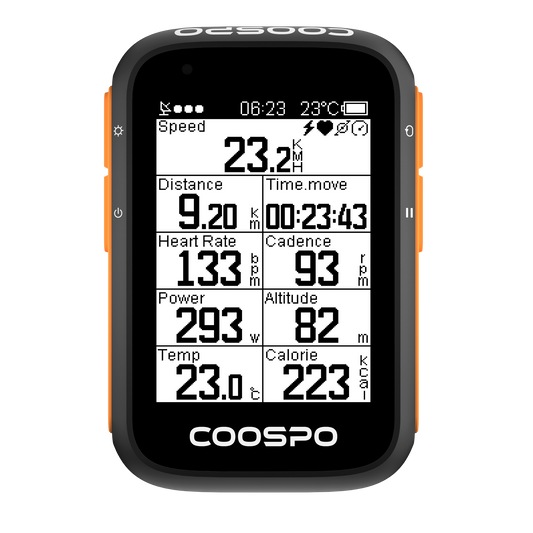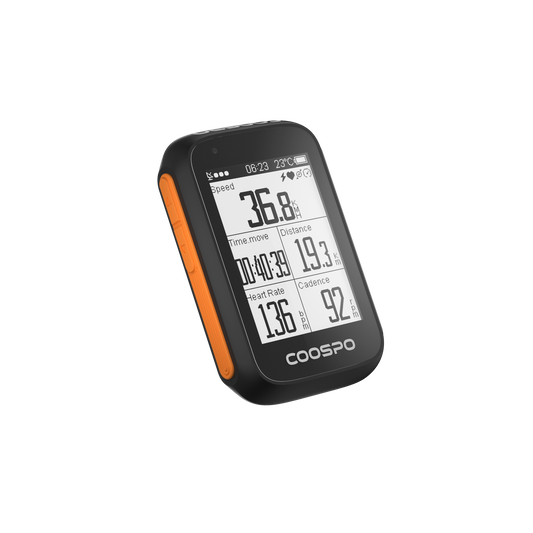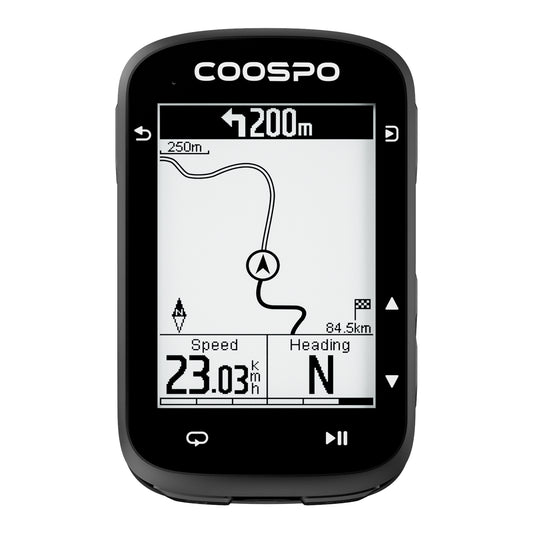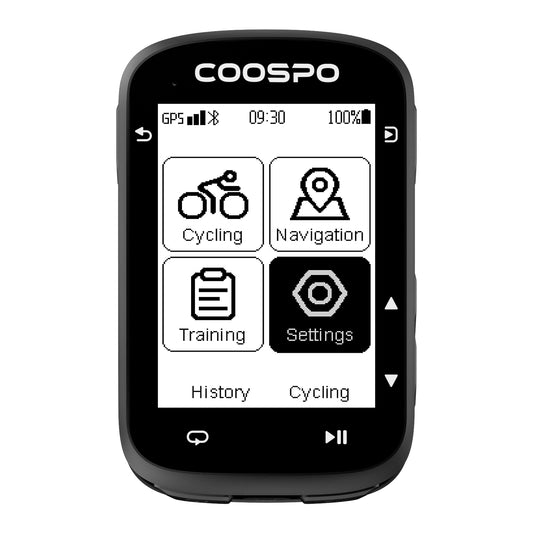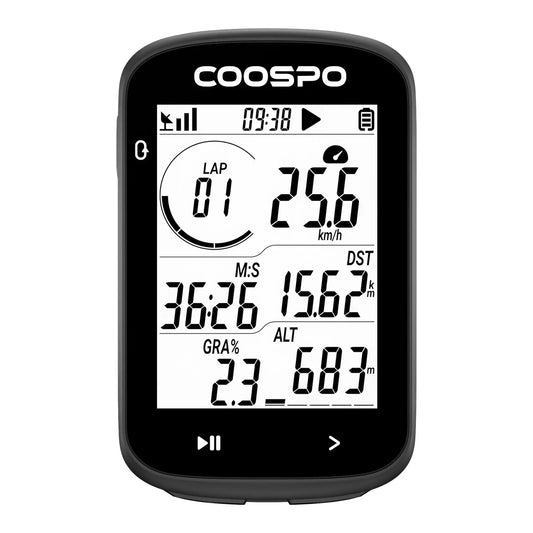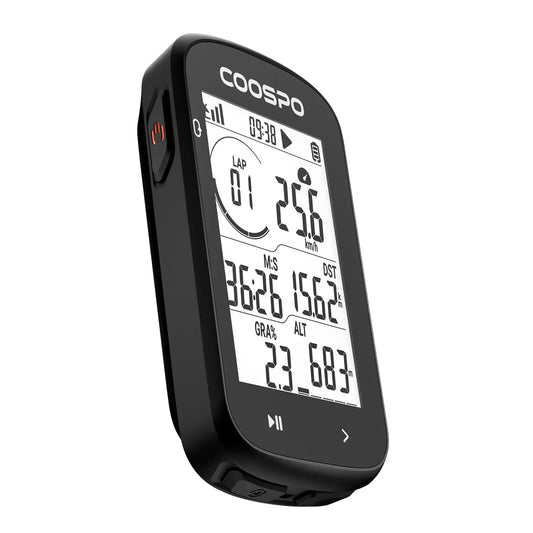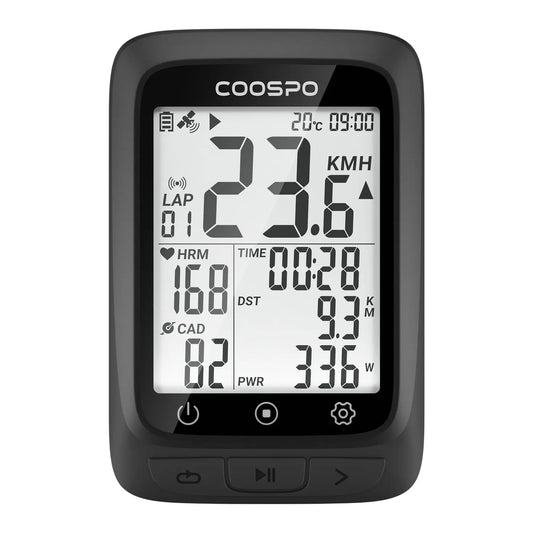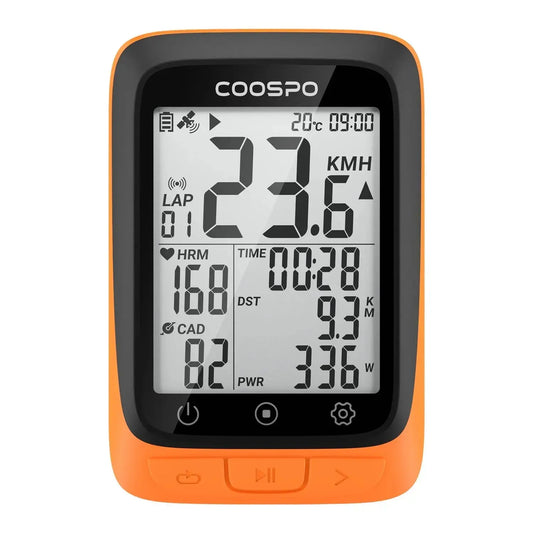Achieving Perfect Running Form: Strengthen Your Core for Injury Prevention
Achieving Perfect Running Form: Strengthen Your Core for Injury Prevention
Running can be easy: just put one foot in front of the other, and keep going. But it's important to run with the right posture to avoid getting hurt and to make sure you feel comfortable and relaxed while running. You want running to be enjoyable and stress-free so that you stay motivated to do it regularly.
To ensure proper posture while walking, remember to keep your shoulders relaxed and down, maintain a slight arch in your back to avoid slouching, engage your core muscles for balance, lightly grip your hands to promote relaxation, and swing your arms in a fluid back-and-forth motion at a 90-degree angle to propel yourself forward.
When you're running, it's crucial to listen to your body and be aware of any discomfort. By adjusting your posture and form, you can improve your running technique and stride efficiency. With practice, running correctly will become natural. Be sure to check your stance periodically to ensure you maintain proper alignment and posture.
ACHIEVE A STRONG CORE
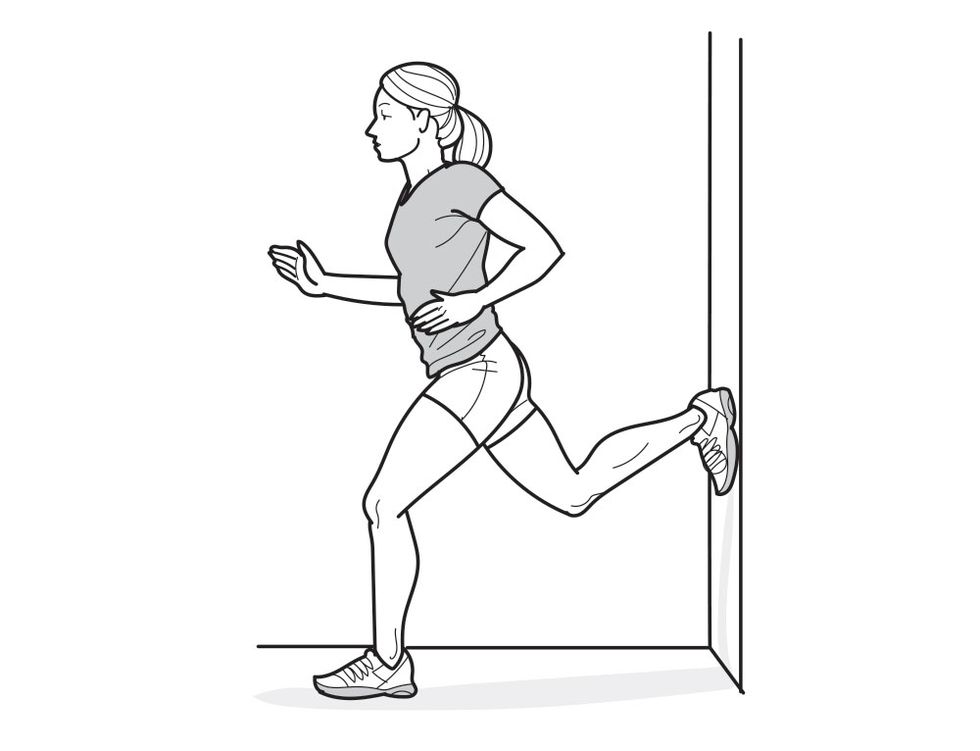
The core muscles are essential for providing stability to the body and ensuring correct alignment during running. Developing a strong core not only improves running efficiency but also helps to prevent injuries like lower back pain, muscle strains, and imbalances. To enhance your core strength, it is important to master the following key strengthening exercises as a runner:
- Shoulder:
Keep your posture relaxed with your shoulders loose and low. Pay attention to any tension causing your shoulders to rise when you get tired. Take a moment to shake them out, release the tension, and bring them back down to a relaxed position. Remember to keep your shoulders level and avoid excessive swinging movements.
It's important to do exercises that target your deltoid muscles to help maintain arm swing and balance while running. Shoulder presses, lateral raises, and reverse fly are effective exercises for strengthening and supporting these important muscles.
- Arms
You need to move your arms when running to propel yourself forwards, using the momentum to push yourself forward faster. Your arms should move with the rhythm of your legs, and be kept at 90 degrees. Don’t wrap your arms around your torso when running; keeping them swinging backwards and forwards close to your body.
Push-ups, triceps dips, and bicep curls are effective exercises to strengthen the arm muscles, enhancing arm drive and overall running performance.
- Torso
To improve your running posture, make sure to stand up straight with a slight lean forward and keep your shoulders relaxed by rolling them back and down. Focus on keeping your chest tall to help maximize your breathing ability.
Adding exercises like planks, Russian twists, and bicycle crunches to your routine can target your abs, obliques, and lower back to strengthen your core and improve your running form.
- Legs and stride
To run faster, most people naturally take longer strides and lift their knees higher. But for long-distance running, it's better to keep your knees low and take shorter strides to save energy. Focus on landing your feet directly underneath you with slightly bent knees. Avoid overextending your foot in front of you.
To improve your stride efficiency, try exercises like squats, lunges, and calf raises to strengthen your leg muscles. This will help you push off the ground more powerfully and run more efficiently.
- Ankles
As you step on the ground, your ankles should have a slight flex to smoothly push you forward. If your ankles feel stiff, it might be because of tight calf muscles. Regular stretching can help loosen them up.
Adding calf raises, ankle circles, and resistance band exercises to your workouts can help improve the strength and flexibility of your ankles. This can reduce the risk of ankle injuries and boost your power when running.
- Head held high
Keeping your head in a neutral position and looking straight ahead is important for keeping your spine aligned and avoiding tension in your neck and upper back muscles. Keeping your gaze high will help to keep your spine, neck, and head in line, which promotes good posture.
- Hands
![Running Form: How to Run Properly [A Visual Guide] - RunnyDay](https://runnyday.in/wp-content/uploads/2019/04/proper-running-form-arms-position-and-movement.png)
Keep your hands loose and slightly bent at the elbows. Avoid tight fists and swinging your arms too much, as it can make you tired and tense up your upper body. Remember to relax your shoulders and loosen your grip when you start to get tired.
- Hips
Maintaining good posture with shoulders relaxed and back straight is key to keeping your hips in line. Leaning forward too much can throw off your hip alignment, causing discomfort in the hips, groin, and lower back.
To strengthen your hip muscles and improve stability, include exercises like hip abduction, hip bridges, and clamshells in your workout routine.
When running, make sure to keep your hips level to prevent strain on your back, legs, and torso. Dropping your hips too low can lead to injuries and discomfort.
- Feet
A good running technique involves landing on the middle of your foot, between your heel and toes, and pushing off as your foot rolls forward. This helps you move forward more efficiently and with more power.

If you tend to run flat-footed, it could be because of your shoes or you might need to adjust your foot strike. Having a proper foot strike is important for running well.
You can strengthen your feet by doing exercises like toe curls, toe taps, and resistance band workouts. This will improve your balance and stability while running.
Dr. Mark Johnson, a physical therapist and running coach, says it's really important to have good form when you run. Doing exercises to strengthen your core can help improve your form and how well you run. Make sure to stand up straight, tighten your core muscles, and try not to move around too much when you run to get the best results.
To improve your training and get accurate heart rate monitoring while running, consider using a reliable heart rate monitor like the Coospo heart rate monitor. This device provides real-time heart rate data to help you track your workout intensity and ensure you're training within the appropriate heart rate zones for better results and safety. The Coospo Heart Rate Monitor features a comfortable chest strap and armband design, and gives you detailed insights into your cardio performance to help you enhance your running sessions.




